An Initial Drone Examining of the Disaster’s Core
Drone Technology has made a chilling breakthrough, allowing us to see inside the No. 1 reactor of the Fukushima Dai-ichi nuclear plant, the epicenter of the 2011 accident that is currently the second-worst nuclear disaster in history. The video that was shot by the drone shows the massive debris and the more than 880 tons of radioactive nuclear fuel that are still inside the plant, reports The Sun. This information was made public over ten years after a devastating earthquake and tsunami set off a chain of events that resulted in widespread radioactive contamination and the evacuation of hundreds of thousands of people.
Inside Fukushima: An Unsettling Finding
Tokyo Electric Power Company Holdings (TEPCO) captured the video, which shows the reactor’s grim interior. Among the obvious remnants of the accident are broken concrete, misplaced control devices, and charred ladders. A graphic image of the reactor’s damage is presented, showing a variety of shaped and sized brown objects hanging in the shadows, some of which might be melted nuclear fuel or equipment.

As scientists and TEPCO officials examine these high-definition photos, the precise nature of the debris is still unknown, and the lack of radiation data from the lightweight drones makes the investigation more challenging. This probe is a major step toward determining the extent of damage and creating the robots and technology required for the decommissioning process, which is a difficult and uncertain task.
The Devastation Re-examined
On March 11, 2011, a 9.1-magnitude earthquake and ensuing tsunami that killed 18,500 people throughout Japan caused the Fukushima disaster. Three reactors melted down and there was extensive radioactive contamination as a result of the natural disasters damaging the nuclear plant’s cooling systems. The footage and pictures made public once more highlight the severity of the catastrophe and the challenging task of decommissioning the plant.
Thirteen years later, Fukushima is still associated with nuclear accidents, much like Chernobyl. The area, which was formerly known for its fish and sake, now serves as a warning about the dangers and vulnerabilities of nuclear power.

The Way Ahead: Difficult and Uncertain
The difficult decommissioning process still has a long way to go, which has already been put off for years by data-related and technical issues. The government and TEPCO’s 30–40-year cleanup timeline is criticized for being unduly optimistic, particularly in light of the recent discoveries and the ongoing contamination issues—such as the daily addition of more than 130 tons of water to the radioactive total.
Drone footage of the terrifying scenes highlights the ongoing effort to safely decommission Fukushima and lessen its environmental impact while the world watches. These images are a moving reminder of the accident’s long-term consequences and the necessity of strict safety protocols when producing nuclear energy.

The eerie images from Fukushima’s exclusion zone, where it appears as though time has stopped since March 2011, have greater resonance in the wake of this most recent investigation. Not only is the road to recovery and decommissioning technically difficult, but it also serves as a continual reminder of the damage that nuclear disasters can do to people and the environment.



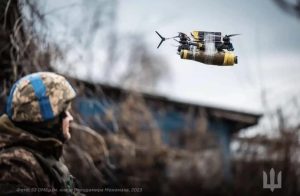


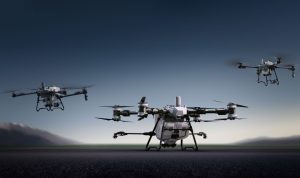
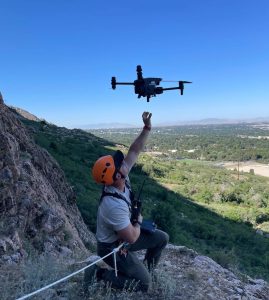



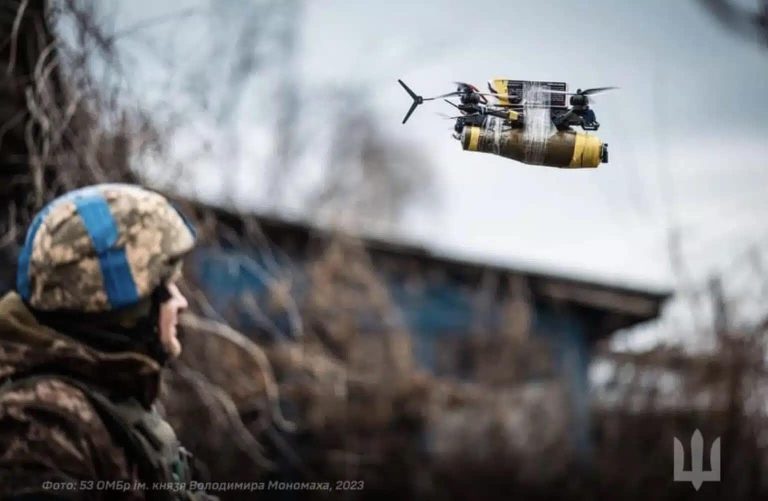

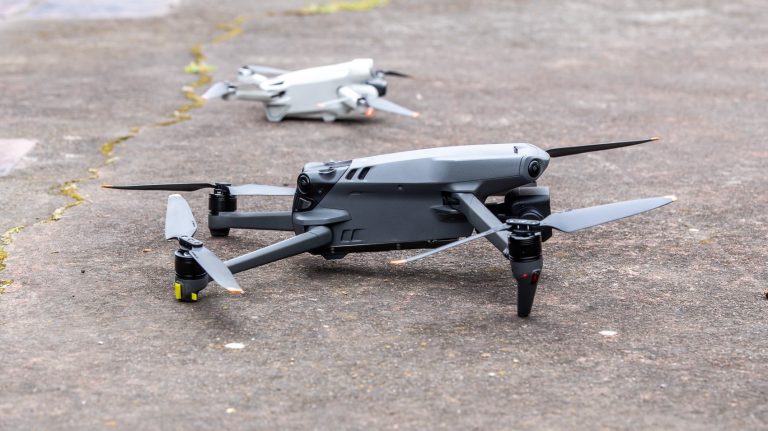







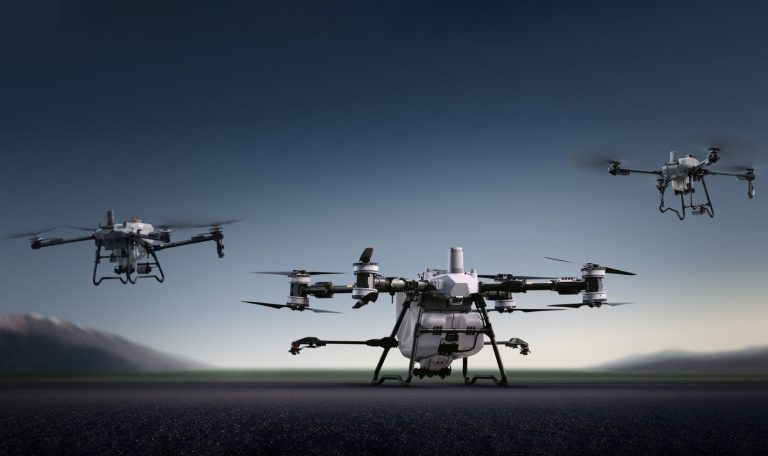
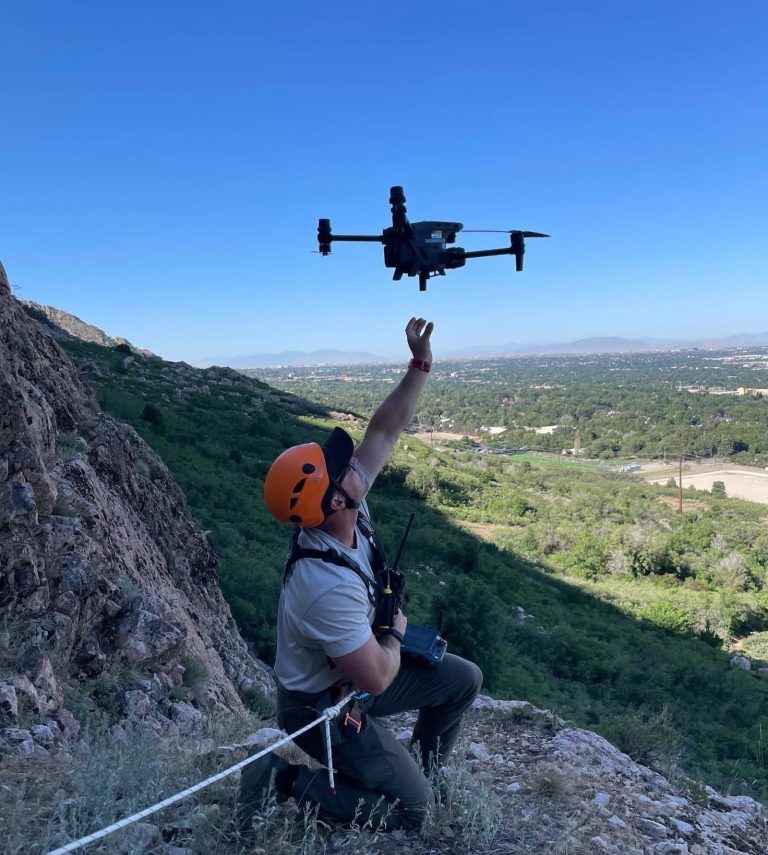
+ There are no comments
Add yours